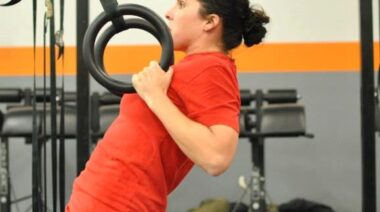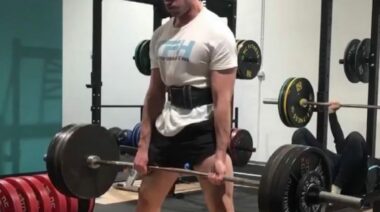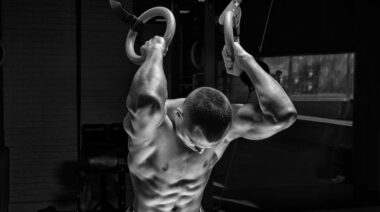One way to change up your cardio training is by taking a note from the military and adding weight to your locomotion. Using weighted vests or backpacks to increase intensity to a standard flat or uphill walk can add a twist to your training. The performance effects of loaded walks were examined in a recent study in the Journal of Strength and Conditioning Research.
The participants in the study were either college or military students. They first performed a timed run of about three miles. The treadmill test included back-to-back three-minute sessions with gradually increasing speeds or grades. The tests were completed in a random order over a few weeks and under the following conditions:
- Unloaded
- 22-lb vest
- 22-lb vest with another 22-lb backpack on top of it
- 22-lb vest with an additional 44-lb backpack
First is the obvious result: performance running outside correlated positively to performance on the treadmill. In other words, if you’re in shape outdoors, you’re probably in shape indoors as well. However, the treadmill test was measured to exhaustion, and so the varying loads affected this correlation. This means that the factors influencing performance were somewhat different (albeit related) in the heavier load treadmill tests.
Body mass did not correlate with performance on the treadmill with one exception: when donning the 66-lb vest and backpack combo, bigger participants performed better. This fact reflects the increased degree of strength and body mass required to haul that much weight around. It was especially true for the female participants, whose lighter bodyweight created a larger drop in performance as weight was added.
The researchers noted that this particular sample didn’t have a large range of body sizes, and thus there wasn’t a big difference in aerobic performance between participants, even on the unloaded tests when controlled for bodyweight. However, speculatively, the larger a person is, the better they will tolerate larger loads, but the slower they will perform unloaded, and vice versa.
The increasing weight also reduced pulmonary (lung) performance, which paralleled the reduction in aerobic performance. This probably occurred for a few reasons. The increasing load primarily affected aerobic performance, but it did increase the anaerobic demand of the exercise while reducing the time it took to reach exhaustion. This combination meant lower pulmonary function was required. Another point not to overlook, was that lung function could have been repressed by the actual load creating pressure on the upper body.
This study may lend some new ideas for training. The smaller an individual is, the lower the range of loads they should use for various running, walking, hiking, and similar tests. The larger a person is, the greater the range they can work with, but the slower they are likely to perform with no load at all. For military personnel, the three-mile run is a good test for overall performance, and will even give information relevant to loaded marches. However, keep in mind that it accounts for only about 42% of the variance in performance on the heaviest loads for men, and thirty percent for women. No matter who you are, give this training a shot and see how you stack up to a soldier’s fitness.
References:
1. Rachel Walker, et. al., “Effect of added mass on treadmill performance and pulmonary function,” Journal of Strength and Conditioning Research, DOI: 10.1519/JSC.0000000000000408
Photo courtesy of CrossFit Impulse.






